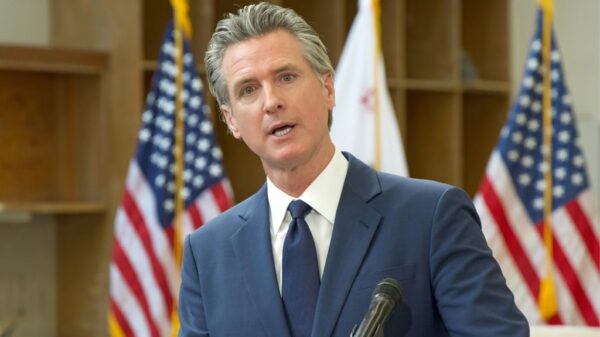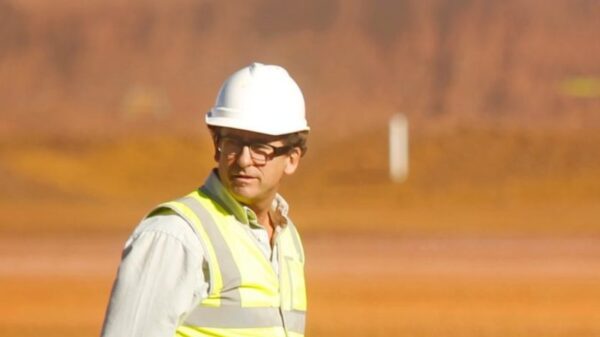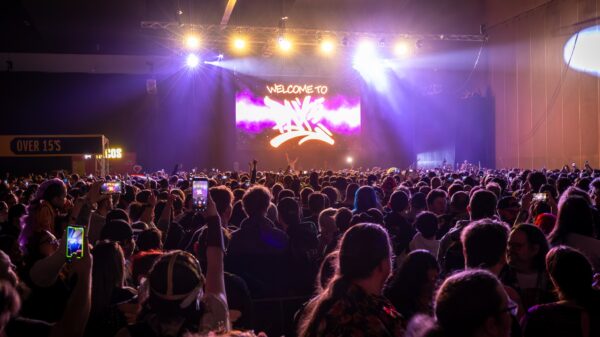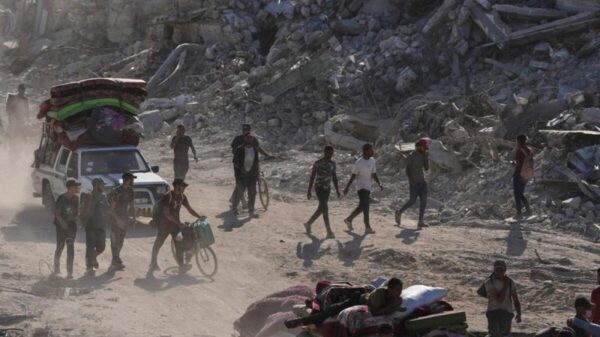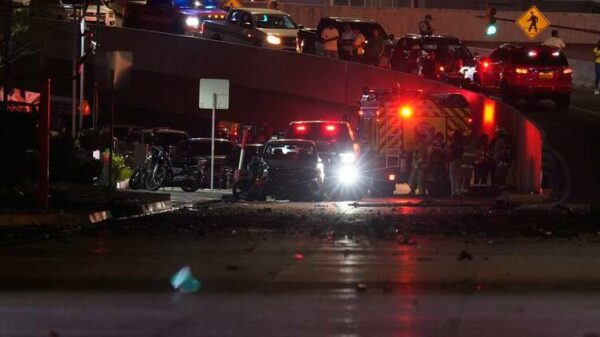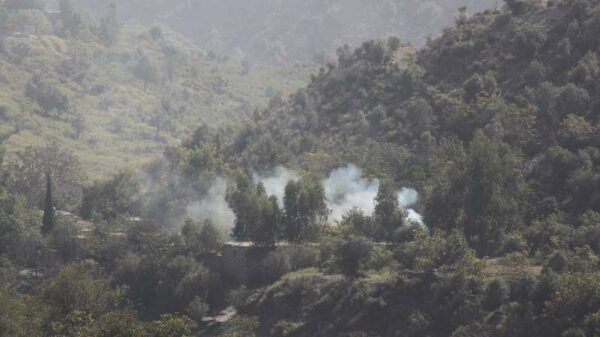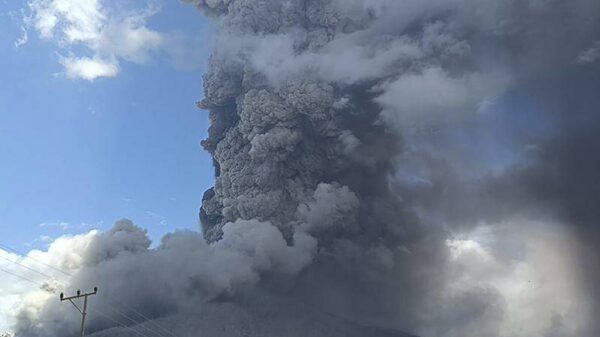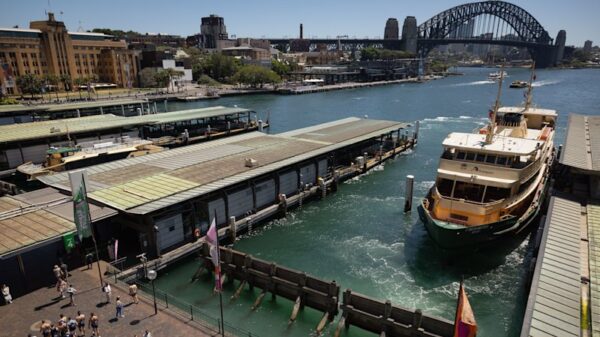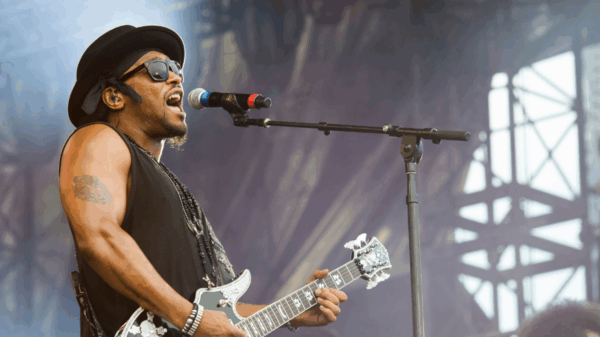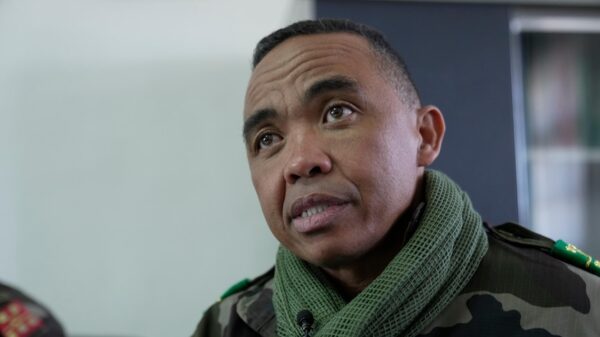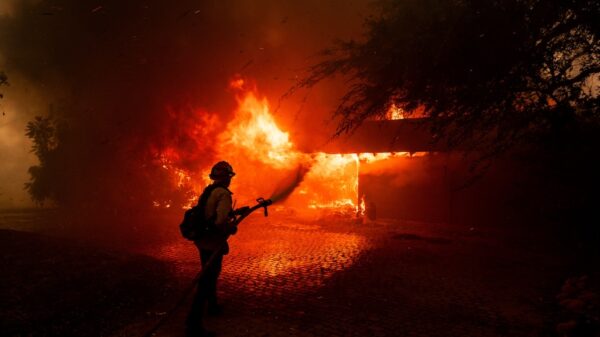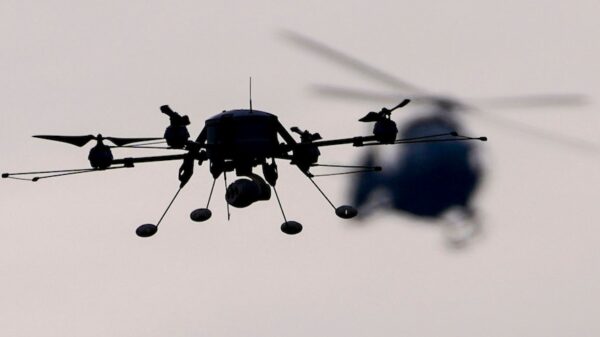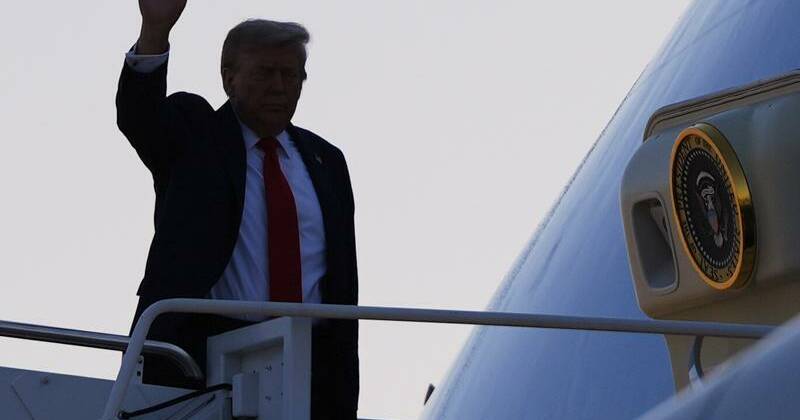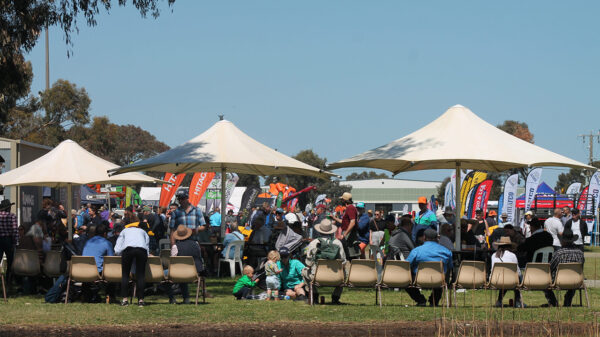US President Donald Trump has embarked on a high-stakes journey to Alaska aboard Air Force One to meet with Russian President Vladimir Putin. This meeting aims to discuss a potential ceasefire agreement regarding the ongoing conflict in Ukraine, which has been described as the deadliest war in Europe since World War II. Trump was accompanied by several key officials, including Secretary of State Marco Rubio, Treasury Secretary Scott Bessent, Commerce Secretary Howard Lutnick, and CIA Director John Ratcliffe, as confirmed by the White House on Friday.
As Trump prepared for departure, he expressed the significance of the talks on his social media platform, declaring “HIGH STAKES!!!” This meeting is viewed by many as a pivotal opportunity to potentially end the conflict that has persisted for three and a half years. There are concerns among Ukrainian President Volodymyr Zelenskiy and European allies that Trump may compromise Ukraine’s position by informally accepting Russian control over significant territories.
Both leaders are poised to gain from this first direct dialogue since Trump returned to the presidency. Trump has characterized the war as a “bloodbath” that poses escalating risks. He hopes to secure a truce that could bolster his reputation as a candidate for the Nobel Peace Prize. For Putin, the summit represents a diplomatic victory, challenging years of Western attempts to isolate Russia and reaffirming Moscow’s role in international relations.
The discussions are set to begin at 11:00 on Friday (5:00 on Saturday AEST) at a Cold War-era air force base in Alaska. Prior to the meeting, Trump acknowledged the complexities of the conflict, admitting that achieving peace may be more challenging than he initially anticipated. He suggested that if the talks proceed positively, arranging a subsequent summit with Zelenskiy would be crucial.
A source familiar with Kremlin perspectives indicated that there are signs Moscow might be willing to negotiate a compromise, as Putin recognizes the economic challenges posed by the war. Meanwhile, Ukraine and its European partners received a boost from a call on Wednesday where Trump stated that Ukraine must be involved in any discussions regarding territorial concessions. Zelenskiy noted that Trump had also advocated for security guarantees for Ukraine.
Russia’s war economy is reportedly under strain, making it vulnerable to additional US sanctions. Trump has threatened to impose tariffs on countries purchasing Russian crude oil, primarily targeting China and India. The day before the summit, Putin hinted at a potential agreement on nuclear arms control, which Trump has expressed interest in securing.
While Trump has oscillated regarding the likelihood of a breakthrough, he remains optimistic that a deal on Ukraine could be within reach. Putin has laid out stringent conditions for a full ceasefire, though he has indicated openness to a truce concerning air operations. He emphasized that verification issues must be addressed first.
Zelenskiy has accused Putin of stalling to evade US sanctions and has firmly rejected the idea of conceding any territory. Trump has suggested that land transfers could be a means to resolve the impasse. Beyond territorial discussions, Ukraine has made it clear in conversations with Western allies that it requires a robust security guarantee from the United States.
In 2024, Putin outlined demands for a cessation of hostilities, including the withdrawal of Ukrainian forces from areas of Donetsk, Zaporizhzhia, and Kherson that remain under Ukrainian control, covering approximately 21,000 square kilometers. He also insisted that Ukraine formally abandon its NATO aspirations and commit to neutrality. Ukraine views these terms as tantamount to capitulation.
This summit marks a significant moment in international diplomacy, with potential implications for the future of Ukraine and the geopolitical landscape. As the meeting unfolds, the world watches closely to see if it can pave the way for lasting peace in the region.

